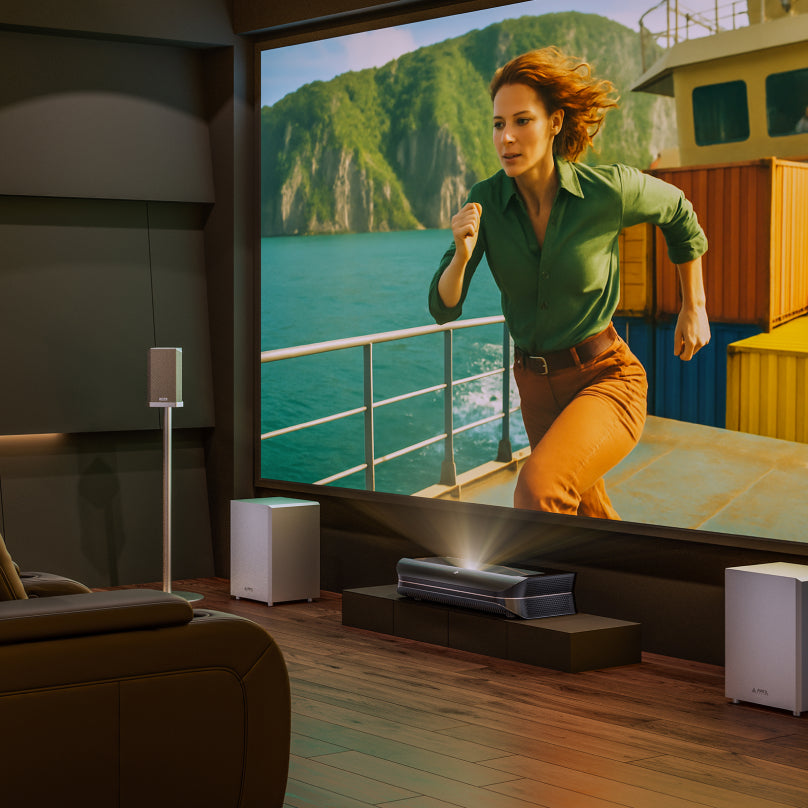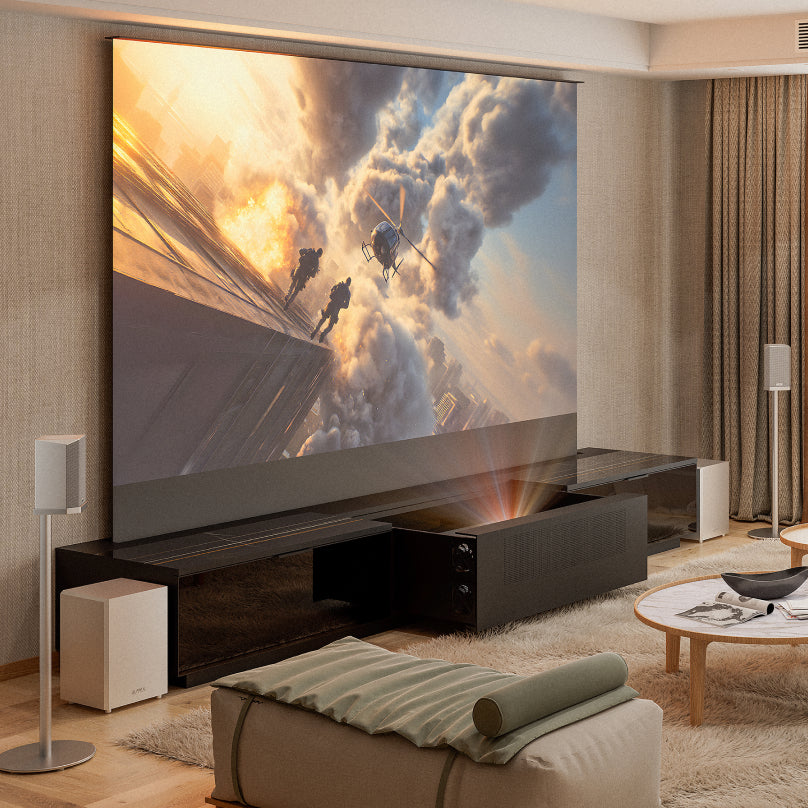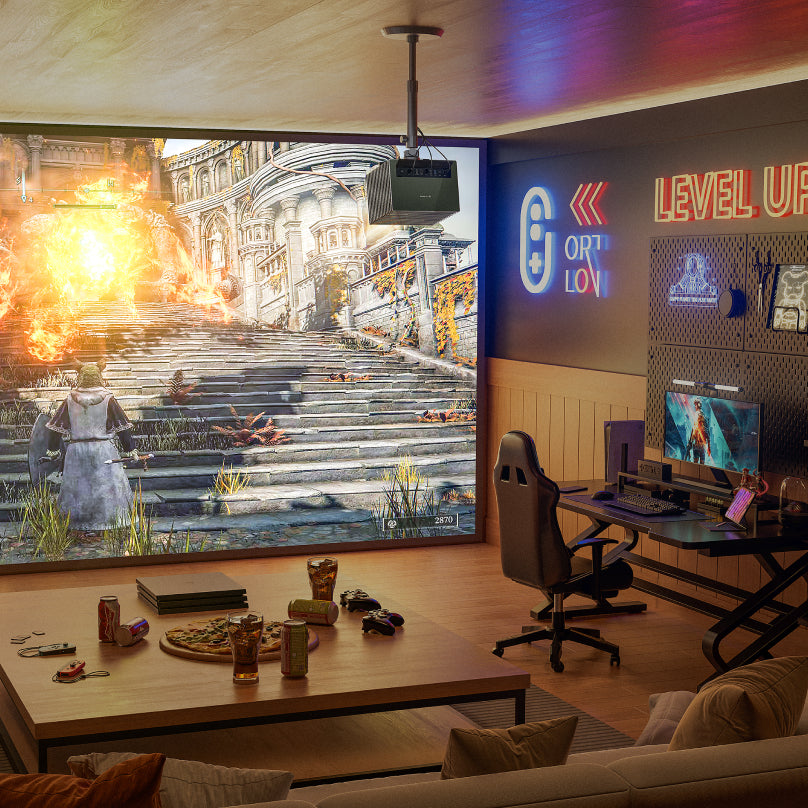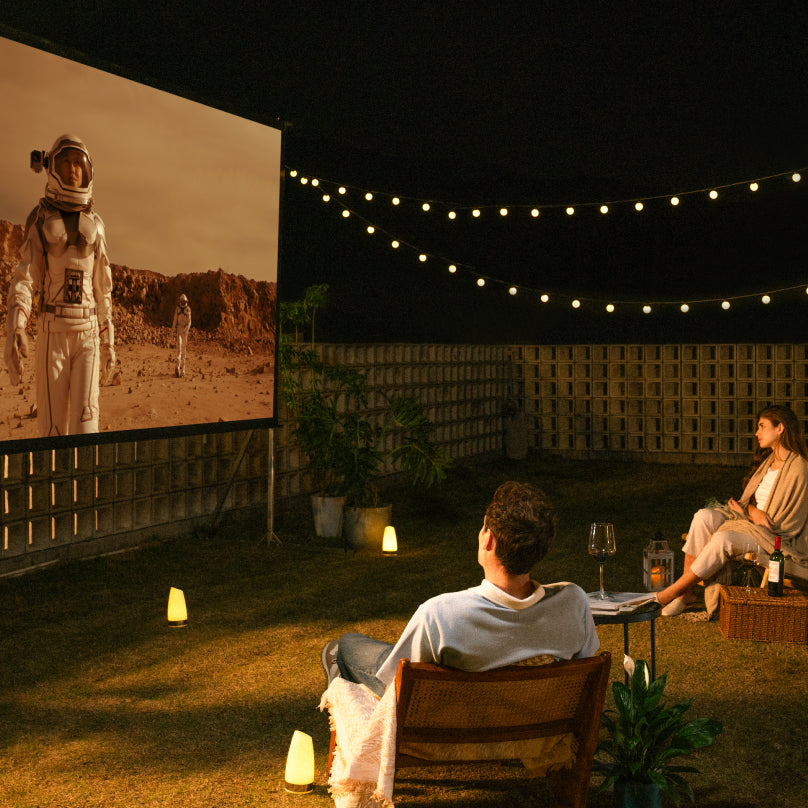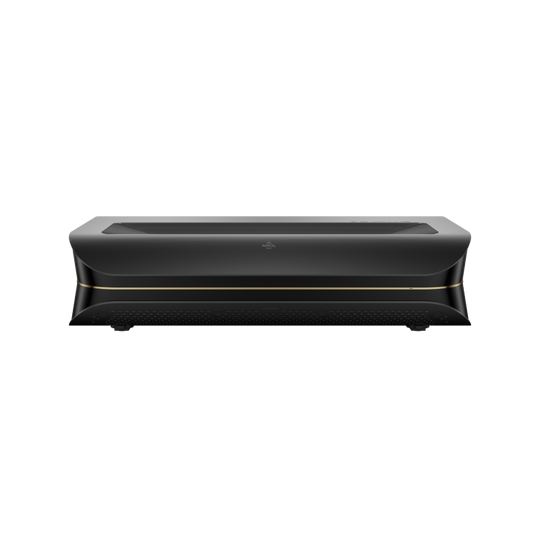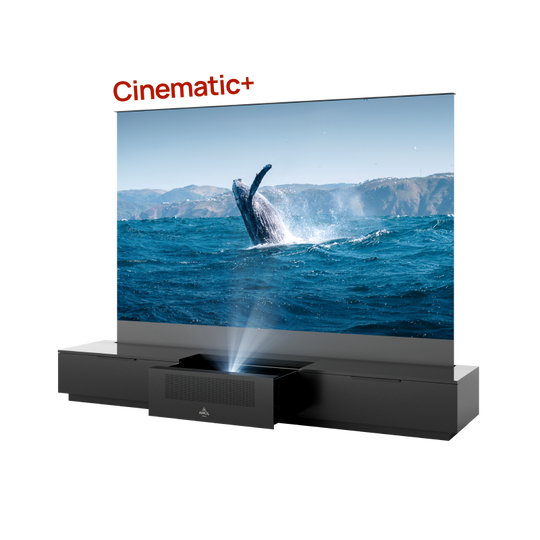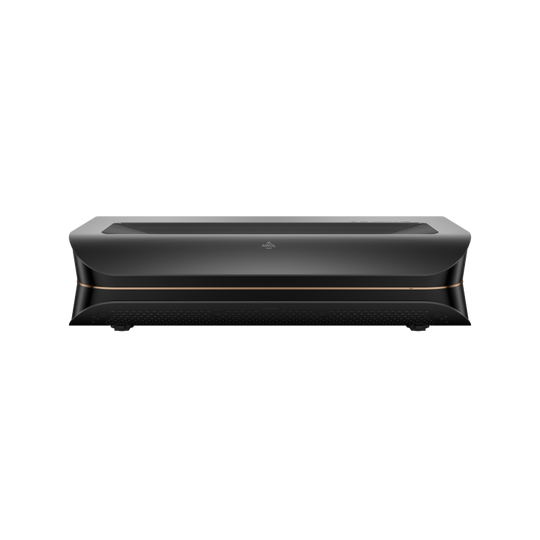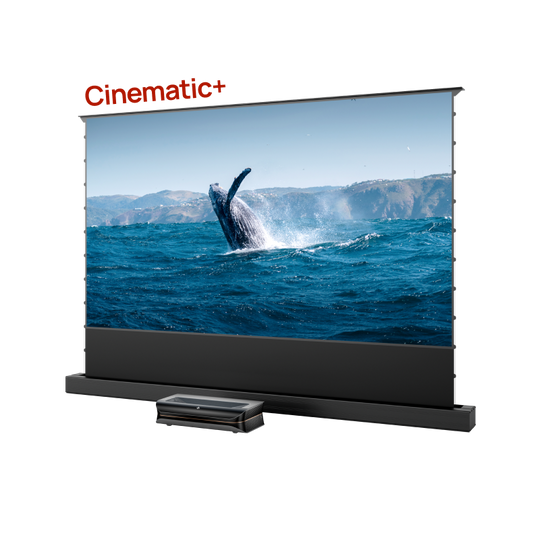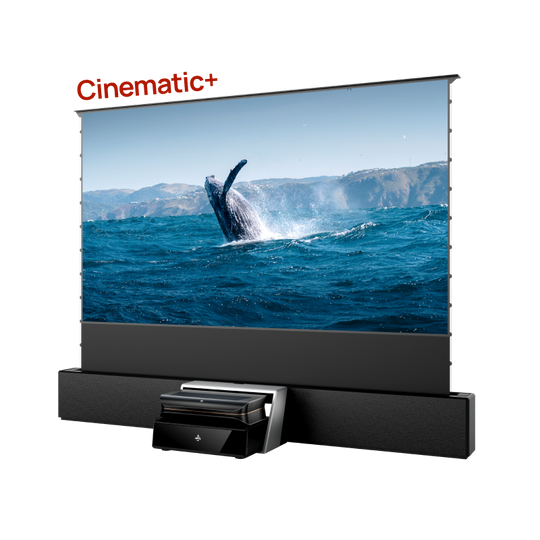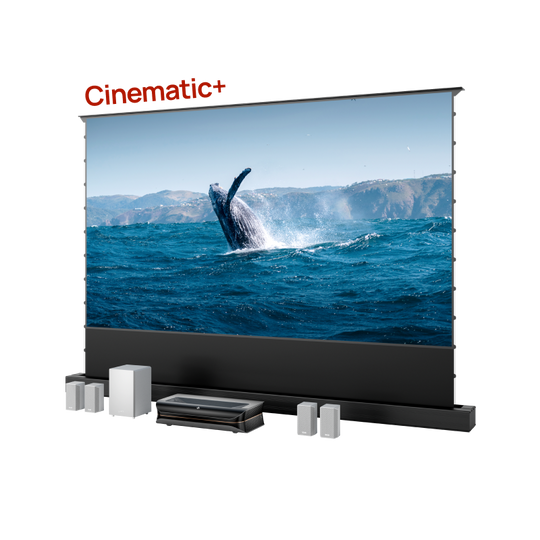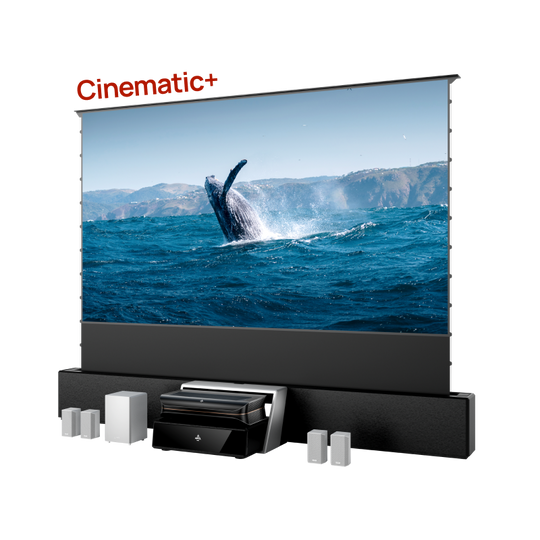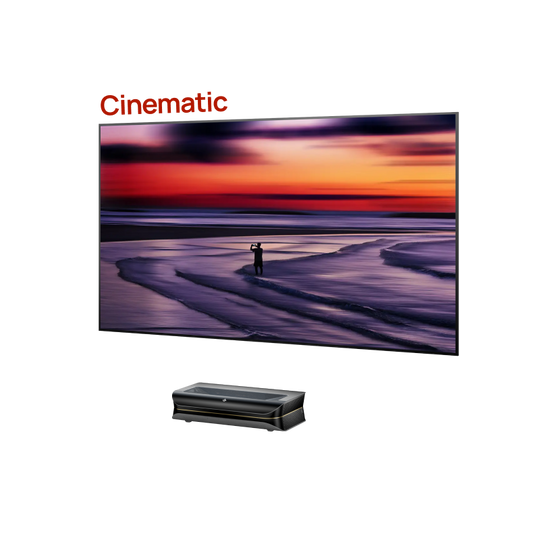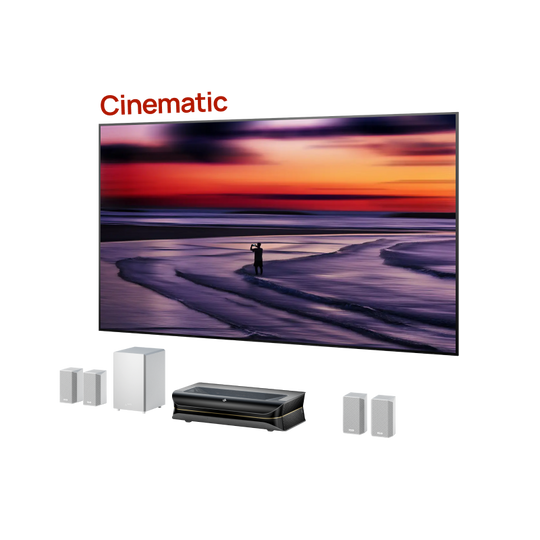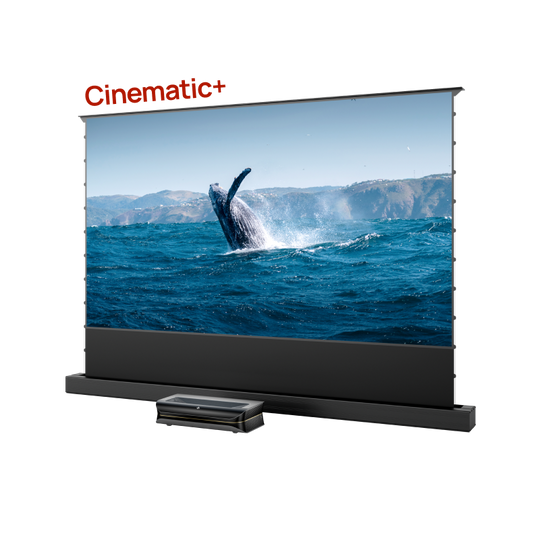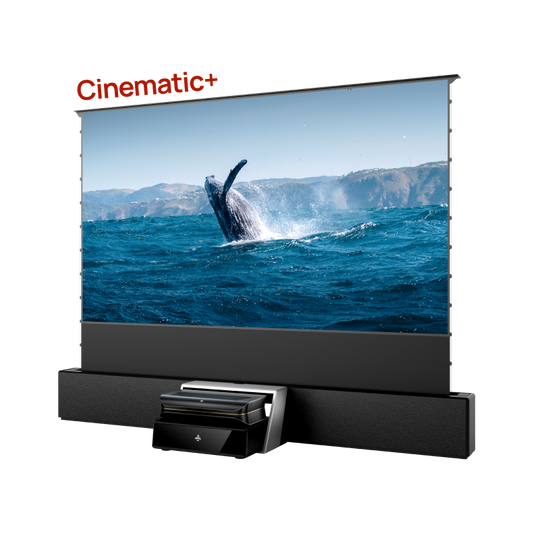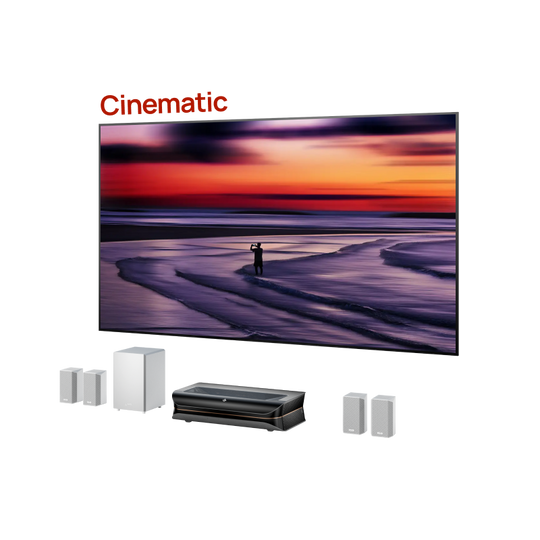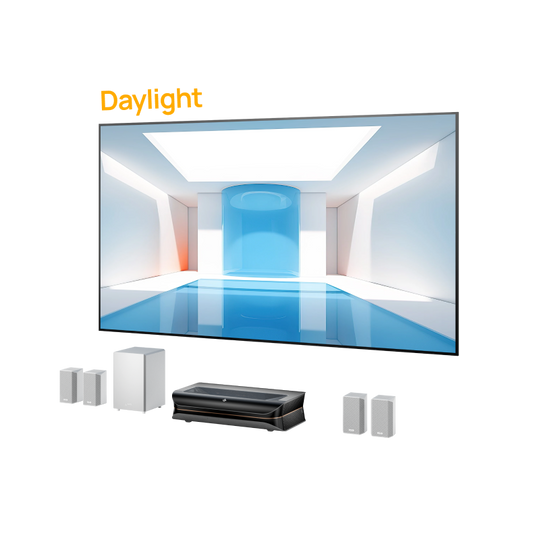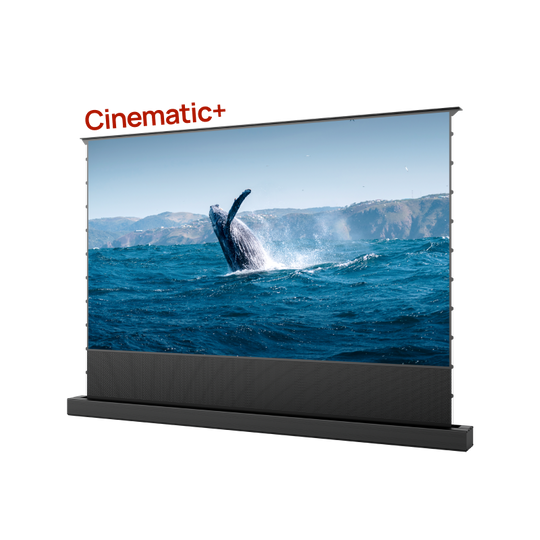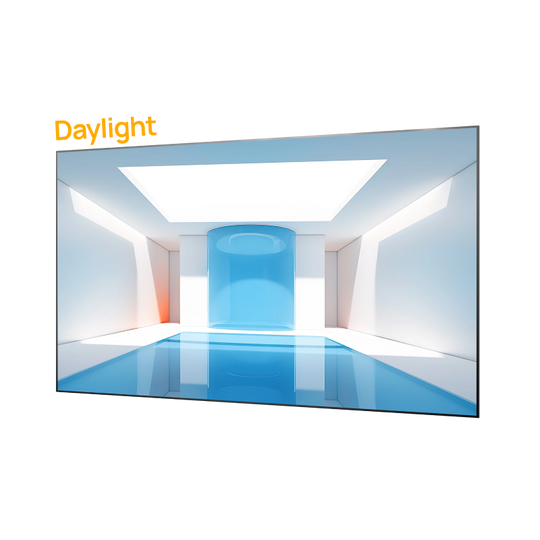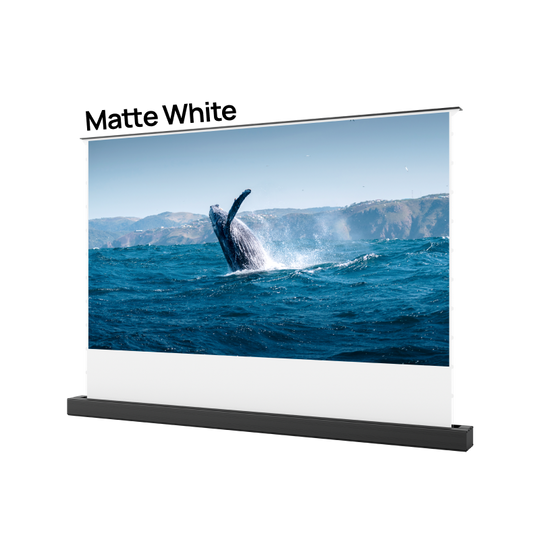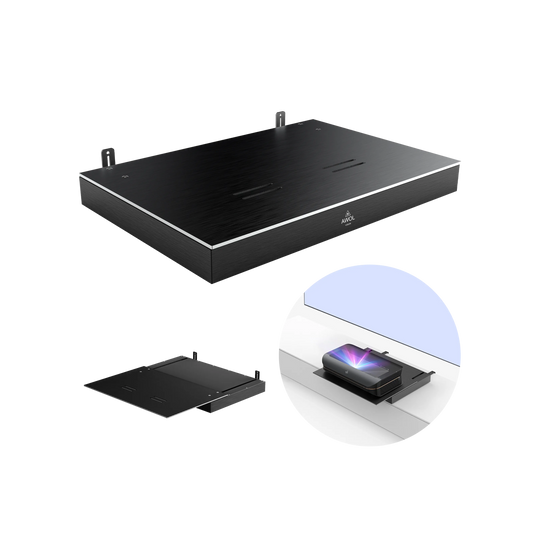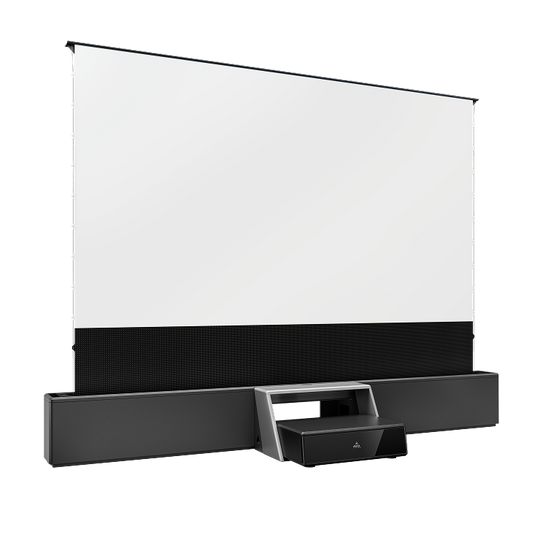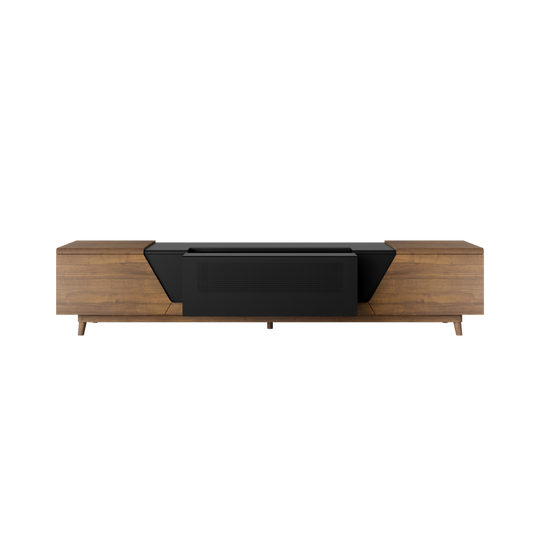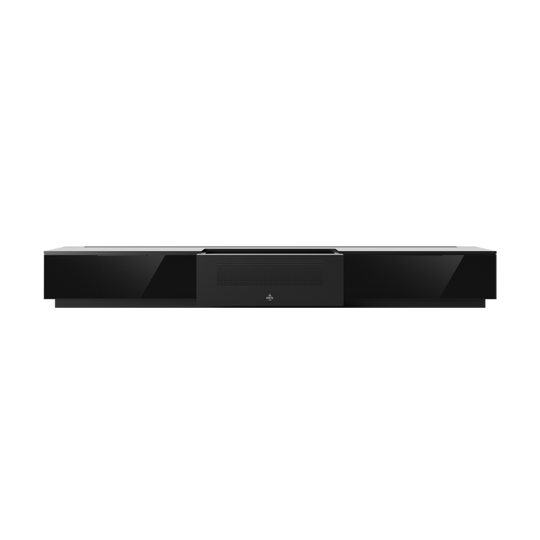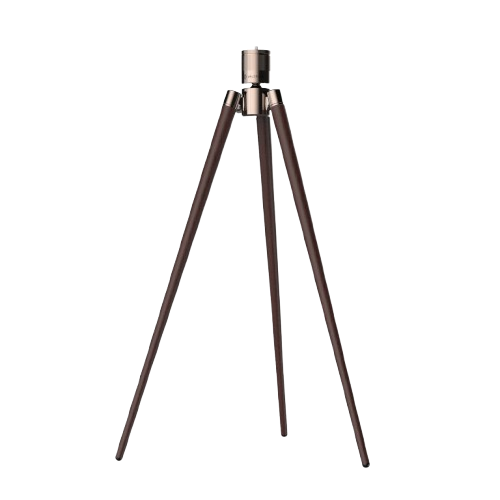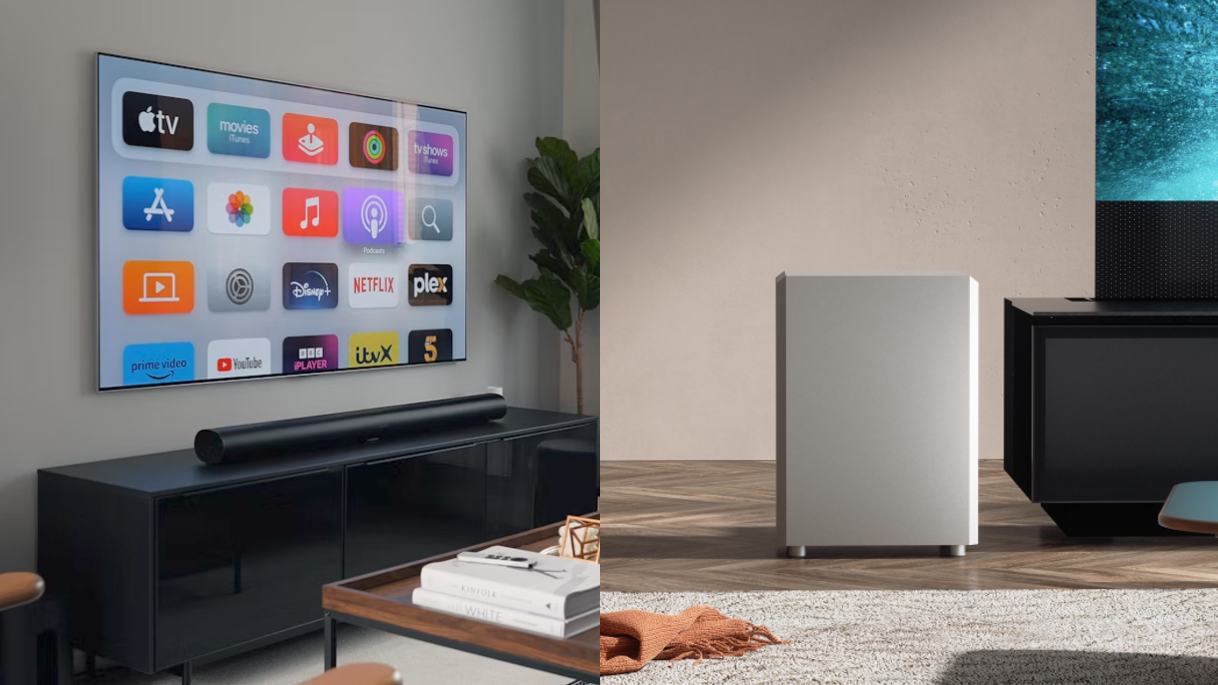When you're investing in a home theater, one question stands above the rest: "How long will it last?" It's a critical question. You're not just buying a projector; you're investing in years of movie nights, big-screen gaming, and immersive entertainment. The lifespan of a projector impacts its long-term value, viewing quality, and whether it will be a hassle-free centerpiece or a recurring maintenance headache.
Let's break down exactly what you can expect from the different projector technologies on the market today. This guide will give you a clear understanding of projector lifespans so you can make a smart, confident investment.
The Core Factor: A Projector's Lifespans is All About its Light Source
While a projector is a complex device with many components, the part that almost single-handedly determines its functional lifespan is the light source. The conversation isn't about the whole chassis failing; it's about how long the projector can produce a bright, vibrant, and color-accurate image. The technology used to generate that light is the single biggest factor, and it falls into three main categories: traditional lamps, LEDs, and modern lasers.
Traditional Lamp Projectors (2,000 - 5,000 Hours)

This is the technology that most people think of when they picture a projector. For decades, projectors have used a high-intensity lamp, similar to a specialized, powerful light bulb, to create an image. While effective, this technology comes with significant trade-offs in longevity.
How Lamp Projectors Work (And Why They Degrade)
A lamp projector works by passing an electrical current through a filament in a pressurized bulb, causing it to glow intensely. Like any traditional bulb, this filament wears down over time. The result is a relatively short lifespan, typically between 2,000 and 5,000 hours in normal mode.
More importantly, the degradation isn't a simple on/off switch. The picture quality begins to decline long before the bulb fails completely. Brightness can drop noticeably after just a few hundred hours of use, and as the lamp ages, it can cause the colors on screen to shift, often giving the image an unwelcome yellow or green tint.
The Hidden Cost of Ownership: Frequent Bulb Replacements
The biggest frustration with lamp projectors is the recurring maintenance cost. When the bulb dies, you have to buy a new one, and these specialized bulbs can cost hundreds of dollars. This turns what might seem like an affordable initial purchase into a device with significant long-term expenses and the inconvenience of having to replace parts.
Solid-State Projectors (20,000+ Hours)
Frustration with the limitations of lamps pushed the industry forward. The modern solution is solid-state illumination—LED and Laser light sources that solve the problems of their predecessors. Think of it like the switch from the old, fragile incandescent bulbs in your house to the durable, long-lasting LEDs you use today.
How LED and Laser Light Sources Achieve Longevity
Unlike lamps, LED and laser light sources are "solid-state," meaning they don't have a fragile, burning filament. They are durable, semiconductor-based technologies that generate light with incredible efficiency and far less performance decay. This robust design is why they last so much longer.
What Does 25,000 Hours Actually Mean for You?
Top-tier laser projectors, for example, boast a lifespan of 25,000 hours or more. It's a huge number, but what does that mean in practical terms?
Let's do the math: A 25,000-hour lifespan is enough to watch a 3-hour movie every single day for more than 22 years. For the vast majority of users, the light source will never need attention or replacement; it's designed to last the entire life of the projector itself.
Laser vs. LED: Choosing the Best Long-Life Technology
Both LED and Laser offer incredible longevity, but they have key differences that make them suitable for different applications.
LED Projectors: Great Lifespan, Ideal for Portability
LED technology is a fantastic leap forward from lamps. It offers that same 20,000+ hour lifespan and is very energy efficient. Because of its compact and efficient nature, it's often the light source of choice for smaller, portable projectors where convenience and size are the most important factors.
Laser Projectors: The Pinnacle of Brightness and Durability

For a no-compromise home cinema experience, laser is the undisputed king. It delivers the same massive lifespan as LED but with several key performance advantages:
- Peak Brightness: Lasers can generate significantly higher levels of brightness. This makes a huge difference in image quality, creating a vibrant, punchy picture that holds up even in rooms with some ambient light.
- Superior Color: The most advanced TriChroma pure laser systems use individual red, green, and blue lasers to produce stunningly accurate and vivid colors, covering a much wider color space for a cinematic experience.
- Slow, Graceful Aging: A lamp's brightness falls off a cliff. A laser light source, however, dims incredibly slowly and linearly over its 25,000+ hour lifespan. This means it maintains its "day one" picture quality for years and years, with no sudden drops in performance.
5 Signs It's Time to Replace Your Old Projector
If you're using an older projector, you might be wondering if it's nearing the end of its life. Here are a few common signs to watch for:
- A Dim, Muddy Picture: This is the #1 sign of a dying lamp. If scenes look washed out and lack vibrancy even in a dark room, your light source is fading fast.
- Unnatural Color Tints: A persistent yellow, green, or magenta hue across the entire image is a classic sign of an aging bulb affecting the projector's color science. Try calibrating the white balance to see if it helps, but a persistent tint often points to a failing lamp.
- Frequent Overheating or Shutdowns: If your projector is shutting down unexpectedly, its cooling system may be struggling to handle a degrading lamp that's producing excess heat.
- Excessively Loud Fan Noise: A fan that is constantly running at maximum speed is another sign that it's working overtime to cool a failing light source.
- Visible Spots or Dead Pixels: While not always related to the lamp, artifacts on the screen can point to dust on the lens or degradation of other internal components. Sometimes, all you need is to clean the projector lens.
Projector Lifespan FAQs
Q: Do projectors degrade over time?
Yes, all light sources degrade. The key difference is the speed and severity. A lamp projector's image quality degrades rapidly and noticeably, while a modern laser projector degrades so slowly over its 25,000+ hour lifespan that the change is virtually unnoticeable for many years.
Q: Do laser projectors need replacement parts?
No. The laser light source is a maintenance-free, core component that is engineered to last for the projector's entire functional life. Unlike lamp projectors, you never have to worry about buying or replacing bulbs.
Q: Do projectors last as long as TVs?
They weren't used to it. For years, TVs had a clear advantage in longevity. However, modern laser projectors, with lifespans of 25,000 hours or more, now have a functional life that is very comparable to—and in many cases, longer than—most modern smart TVs. They have officially closed the lifespan gap in the great projector vs. TV debate.
